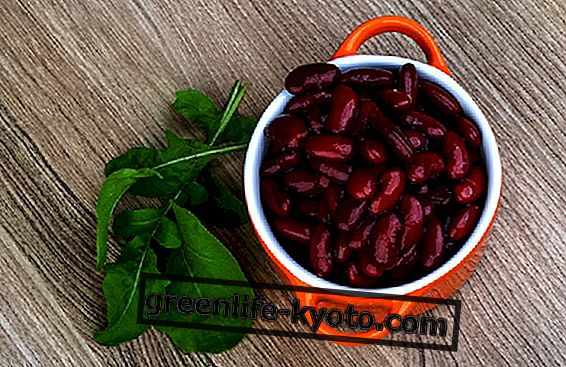
What is the Devil's Claw?
It is a plant used since the nineteenth century, but only today is it recognized for its many healing properties. It is an African plant widespread in the red sand stretches of the Kalahari, and in the Namibian steppes, with prickly fruit in the shape of a claw, from which its name is born. It is part of the Pedialaceae family. It is a perennial climbing plant.
Today the devil's claw uses the dried tuberous root and from some scientific studies it has been shown that it would perform an analgesic action comparable to synthetic cortisone; it has anti-inflammatory, pain-relieving, diuretic, stimulates the functions of the liver, gall bladder, lowers blood sugar and also an anti-arrhythmic and muscle relaxant anti-hypertensive action.
Very useful in sciatica, myalgia, arthritis, arthritis, witch's stroke.
Also read Devil's Claw, the remedy against joint pain >>
On the market we find the dry extract capsules (maximum 2 capsules a day) the mother tincture (TM) (30 drops a day in a glass of water) for no more than 2 weeks and with a full stomach.
Always ask your doctor for advice. Like all bitter products, the production of gastric juices increases, so it could also be an excellent digestive. In the market we also find the gel for external applications, which gives a valid help.
Contraindications
The devil's claw has side effects and contraindications. For those suffering from gastritis and gastro-oesophageal disorders, it is preferable to test the product at low dosages to assess whether there are no side effects. For hypertensives and diabetics it is not advisable. Do not mix with other synthetic anti-inflammatories.
Also read Clay against joint pain >>













